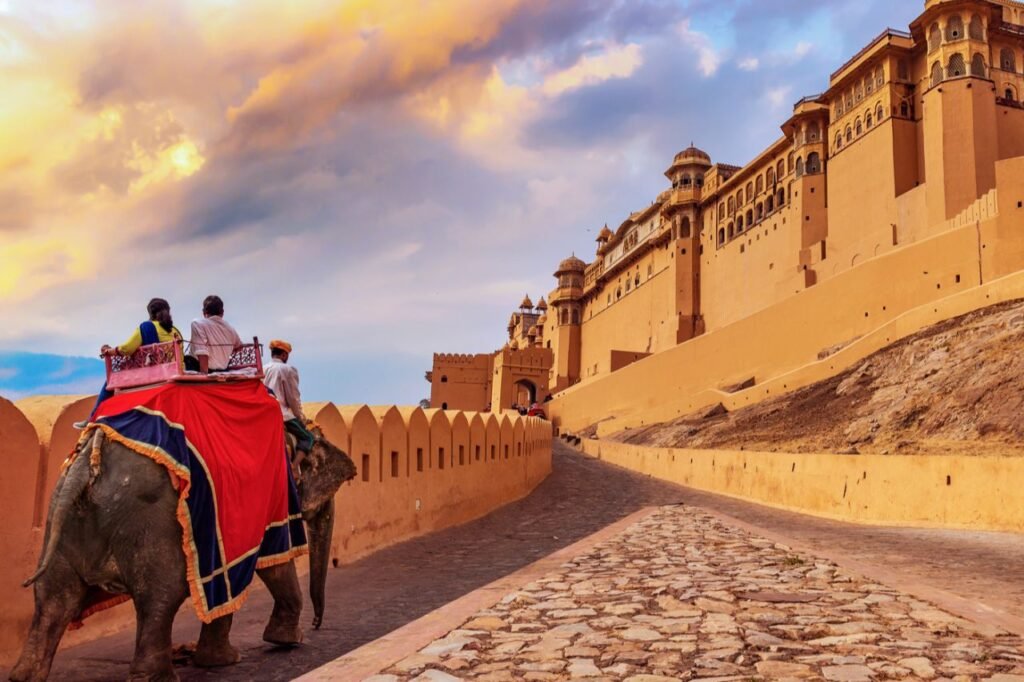Rajasthan Pincodes
Enter the Pincode or Location Below in the Box
Pincodes of Rajasthan
Rajasthan Pincodes : Explore Rajasthan’s varied landscape via its unique pincodes, revealing cultural richness, historic treasures, and vibrant experiences across the state.From the majestic forts of Jaipur to the vibrant markets of Jodhpur, each pincode in this culturally rich state unveils a unique facet. Explore the royal heritage of Udaipur (313001) or delve into the desert charm of Jaisalmer (345001). Dive into the religious fervor of Ajmer (305001) or witness the artistic glory of Pushkar (305022). With over thousands of pincodes, Rajasthan epitomizes diversity, encapsulating ancient traditions and modernity. Whether seeking historic landmarks or embracing local culture, Rajasthan’s pincodes unlock a tapestry of experiences in this colorful Indian state.”

Here is a list of Rajasthan Pincodes
About Rajasthan
Rajasthan, dubbed the ‘Land of Kings,’ sprawls across 342,239 square kilometres in northern India, constituting 10.4% of the nation’s expanse. As India’s largest state by area and seventh in population, it resides in the northwest, dominated by the formidable Thar Desert, bordering Pakistan’s Punjab and Sindh provinces. Alongside, it shares boundaries with five Indian states: Punjab, Haryana, Uttar Pradesh, Madhya Pradesh, and Gujarat. Positioned between 23°.3′ to 30°.12′ North latitude and 69°.30′ to 78°.17′ East longitude, it intersects with the Tropic of Cancer at its southern extremity.
History
Parts of present-day Rajasthan were once integral to the Vedic and Indus Valley civilizations. Kalibangan, situated in Hanumangarh district, stood as a pivotal provincial capital within the Indus Valley Civilization. The Rajputs made their initial ingress into India from the northwest during the first millennium A.D., establishing kingdoms in what is now Rajasthan. Balathal’s archaeological dig in Udaipur district revealed a settlement contemporaneous with the Harappan civilization, tracing back to 3000–1500 BCE. Additionally, Stone Age tools spanning 5,000 to 200,000 years old were unearthed in Bundi and Bhilwara districts.
